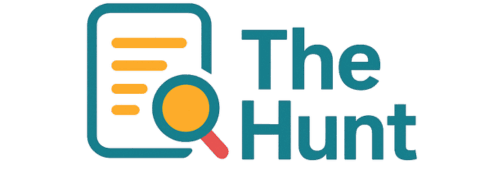Sign Language Interpreters in Healthcare
In today’s diverse society, effective communication in healthcare settings is of paramount importance. One often overlooked aspect of this is the provision of sign language interpreters in hospitals. For patients who are deaf or hard of hearing, accessing healthcare services can pose significant challenges without appropriate resources. Hospitals must ensure they provide equitable care to all patients, and having qualified sign language interpreters is a crucial part of this effort. The need for sign language interpreters in healthcare settings arises from the necessity to bridge the communication gap between medical professionals and patients who use sign language as their primary means of communication. Miscommunication in medical settings can lead to misdiagnosis, improper treatment, and increased anxiety for the patient. Therefore, employing or contracting professional interpreters can significantly improve patient outcomes and satisfaction. Hospitals are increasingly recognizing the importance of providing these services. A sign language interpreter for hospitals can facilitate more accurate communication, ensuring that patients fully understand their medical conditions and treatment options. This also helps healthcare providers obtain a complete and accurate medical history, which is vital for diagnosis and treatment planning. While some hospitals may have in-house interpreters, others might rely on agencies to provide these services. The demand for interpreters can vary depending on the hospital’s location and the community it serves. Urban hospitals may encounter a higher frequency of patients who require sign language interpretation compared to rural areas. Nonetheless, every healthcare facility should have a plan in place to provide these crucial services when needed. Training for healthcare staff on how to work effectively with sign language interpreters is also essential. Medical professionals must understand the importance of speaking directly to the patient, maintaining eye contact, and allowing the interpreter to convey the information accurately. It’s not just about having an interpreter present but also about creating an inclusive environment where the patient feels respected and understood. Technology is playing an increasingly important role in providing sign language interpretation services. Video remote interpreting (VRI) is one such advancement, offering on-demand access to interpreters through video calls. This can be particularly useful in emergency situations where an in-person interpreter may not be immediately available. However, VRI should complement, not replace, in-person interpretation, especially in complex or sensitive medical discussions. Ensuring that patients who are deaf or hard of hearing receive the same level of care as hearing patients is a legal and ethical responsibility. It aligns with laws and regulations that mandate equal access to healthcare services for all individuals, regardless of their communication needs. Hospitals must continually assess and improve their accessibility measures to provide comprehensive support for all patients. For more detailed information on how hospitals can integrate these services, visit this resource. Taking proactive steps to implement effective communication strategies ensures that all patients receive the quality care they deserve, fostering a more inclusive healthcare system.
